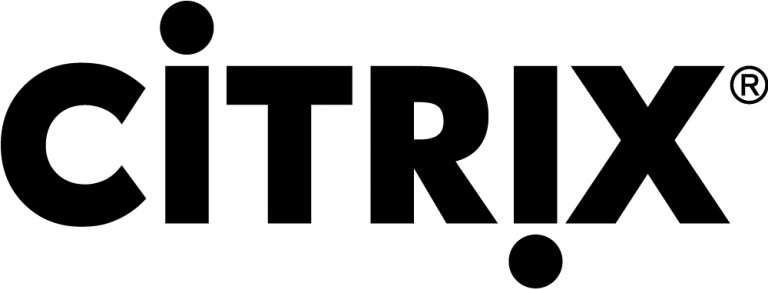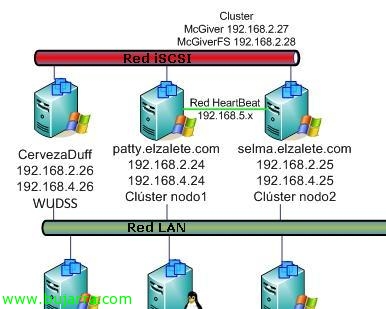Installing an Exchange in the DMZ 2010 with the perimeter transport function
If we have a Microsoft Exchange Server organization already deployed on our network and we want to give it more security, we may deploy an Exchange server in the DMZ or DMZ with the intent not to directly expose our Exchange servers on the LAN to the internet. Microsoft has a role or function called Edge Transport function that will allow us to filter spam, as well as antivirus or create transport rules.








































